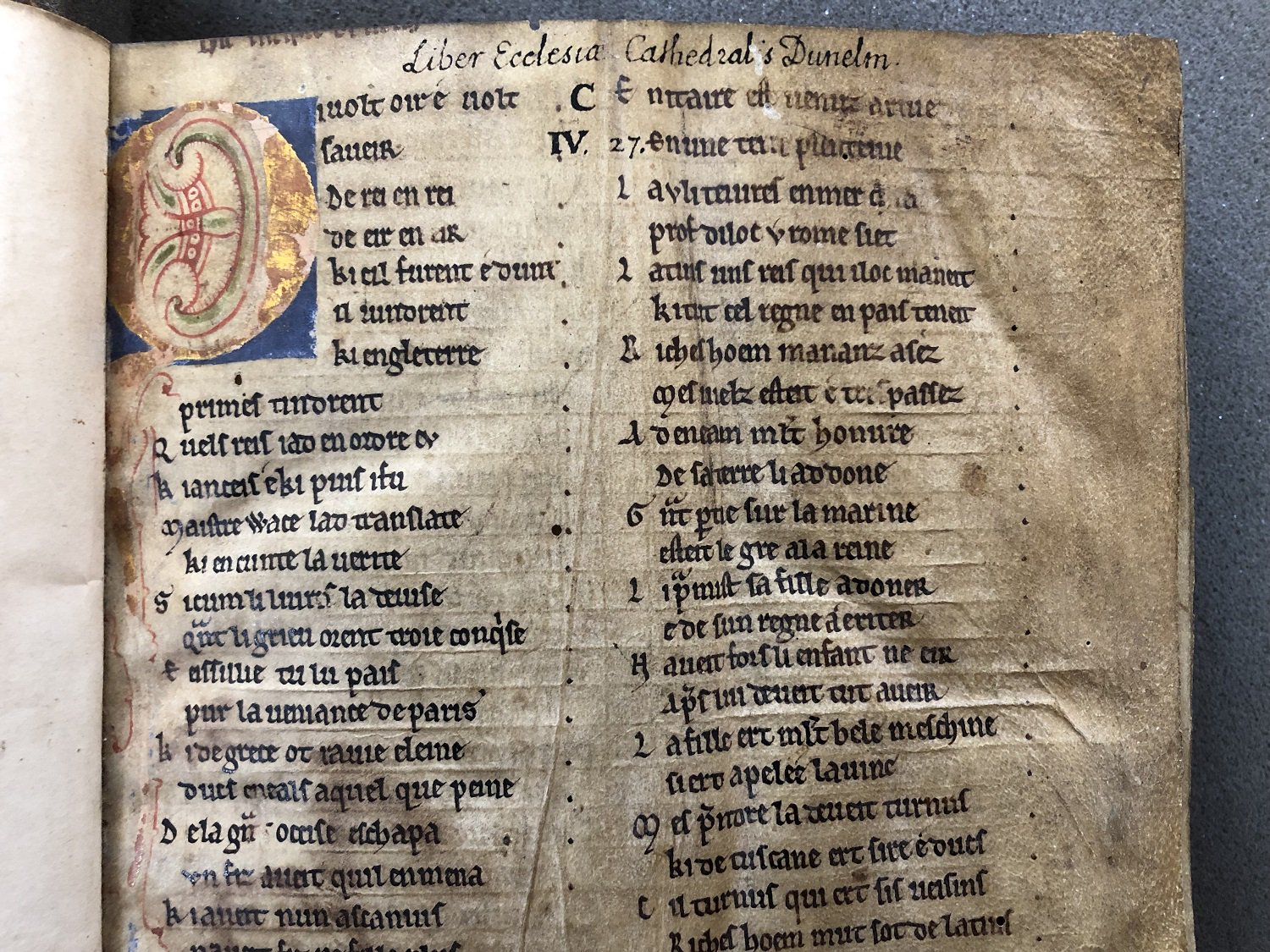|
Chronicle Of The Britons
''Brut y Brenhinedd'' ("Chronicle of the Kings") is a collection of variant Middle Welsh versions of Geoffrey of Monmouth's Latin ''Historia Regum Britanniae''. About 60 versions survive, with the earliest dating to the mid-13th century. Adaptations of Geoffrey's ''Historia'' were extremely popular throughout Western Europe during the Middle Ages, but the ''Brut'' proved especially influential in medieval Wales, where it was largely regarded as an accurate account of the early history of the Celtic Britons. Geoffrey's ''Historia'' and the ''Brut y Brenhinedd'' Geoffrey's ''Historia Regum Britanniae'' (completed by ) purports to narrate the history of the Kings of Britain from its eponymous founder Brutus of Troy to Cadwaladr, the last in the line. Geoffrey professed to have based his history on "a certain very ancient book" written in ''britannicus sermo'' (the "British tongue", i.e. Common Brittonic, Welsh, Cornish or Breton) which he had received from Walter of Oxford. It b ... [...More Info...] [...Related Items...] OR: [Wikipedia] [Google] [Baidu] |
History Of The Kings (f
History is the systematic study of the past, focusing primarily on the Human history, human past. As an academic discipline, it analyses and interprets evidence to construct narratives about what happened and explain why it happened. Some theorists categorize history as a social science, while others see it as part of the humanities or consider it a hybrid discipline. Similar debates surround the purpose of history—for example, whether its main aim is theoretical, to uncover the truth, or practical, to learn lessons from the past. In a more general sense, the term ''history'' refers not to an academic field but to the past itself, times in the past, or to individual texts about the past. Historical research relies on Primary source, primary and secondary sources to reconstruct past events and validate interpretations. Source criticism is used to evaluate these sources, assessing their authenticity, content, and reliability. Historians strive to integrate the perspectives o ... [...More Info...] [...Related Items...] OR: [Wikipedia] [Google] [Baidu] |
Branwen Ferch Llŷr
; "Branwen, daughter of Llŷr" is a legendary tale from medieval Welsh literature and the second of the four branches of the Mabinogi. It concerns the children of Llŷr; Bendigeidfran (literally "Brân the Blessed"), high king of Britain, and his siblings Manawydan and Branwen, and deals with the latter's marriage to Matholwch, king of Ireland. Matholwch's mistreatment of the British princess leads to a mutually destructive war between the two islands, the deaths of most of the principal characters, and the ascension of Caswallon fab Beli to the British throne. Along with the other branches, the tale can be found in the medieval Red Book of Hergest and White Book of Rhydderch. It is followed directly by the third branch, '' Manawydan fab Llŷr''. It has been suggested that the tale derives in part from the third-century BC Gallic invasion of the Balkans, identifying Brân with the Gallic chieftain Brennus. Nikolai Tolstoy has suggested that the present version of the legen ... [...More Info...] [...Related Items...] OR: [Wikipedia] [Google] [Baidu] |
Roman De Brut
The ''Brut'' or ''Roman de Brut'' (completed 1155) by the poet Wace is a loose and expanded translation in almost 15,000 lines of Norman-French verse of Geoffrey of Monmouth's Latin '' History of the Kings of Britain''. It was formerly known as the ''Brut d'Engleterre'' or ''Roman des Rois d'Angleterre'', though Wace's own name for it was the ''Geste des Bretons'', or ''Deeds of the Britons''. Its genre is equivocal, being more than a chronicle but not quite a fully-fledged romance. It narrates a largely fictional version of Britain's story from its settlement by Brutus, a refugee from Troy, who gives the poem its name, through a thousand years of pseudohistory, including the story of king Leir, up to the Roman conquest, the introduction of Christianity, and the legends of sub-Roman Britain, ending with the reign of the 7th-century king Cadwallader. Especially prominent is its account of the life of King Arthur, the first in any vernacular language, which instigated a ... [...More Info...] [...Related Items...] OR: [Wikipedia] [Google] [Baidu] |
Wace
Wace ( 1110 – after 1174), sometimes referred to as Robert Wace, was a Medieval Norman poet, who was born in Jersey and brought up in mainland Normandy (he tells us in the ''Roman de Rou'' that he was taken as a child to Caen), ending his career as Canon of Bayeux. Life All that is known of Wace's life comes from autobiographical references in his poems. He neglected to mention his birthdate; some time between 1099 and 1111 is the most commonly accepted period for his birth. The name ''Wace'', used in Jersey until the 16th century, appears to have been his only name; surnames were not universally used at that time. It was quite a common first name in the Duchy of Normandy, derived from the Indo-European personal name ''Wasso''. The spelling and the pronunciation of this name were rendered different ways in the texts, according to the place where the copyists were from. In the various versions of the ''Roman de Rou'', his name appears five times as ''Wace'', then ''Gace'' (onc ... [...More Info...] [...Related Items...] OR: [Wikipedia] [Google] [Baidu] |
Black Book Of Basingwerk
The Black Book of Basingwerk () is an illuminated manuscript in the National Library of Wales (NLW MS 7006D) containing, among other texts, a Welsh translation of Geoffrey of Monmouth's ''Historia Regum Britanniae''. It is mostly the work of the Welsh poet and scribe Gutun Owain (floruit, fl. 1460–1500). The illumination is limited to three decorated initials, and two marginal drawings now barely visible to the naked eye. See also *''The Form of Preaching'', 14th-century-style book or manual about a preaching styleReferences Illuminated manuscripts of Welsh origin Welsh-language manuscripts 15th-century illuminated manuscripts {{Manuscript-stub ...[...More Info...] [...Related Items...] OR: [Wikipedia] [Google] [Baidu] |


